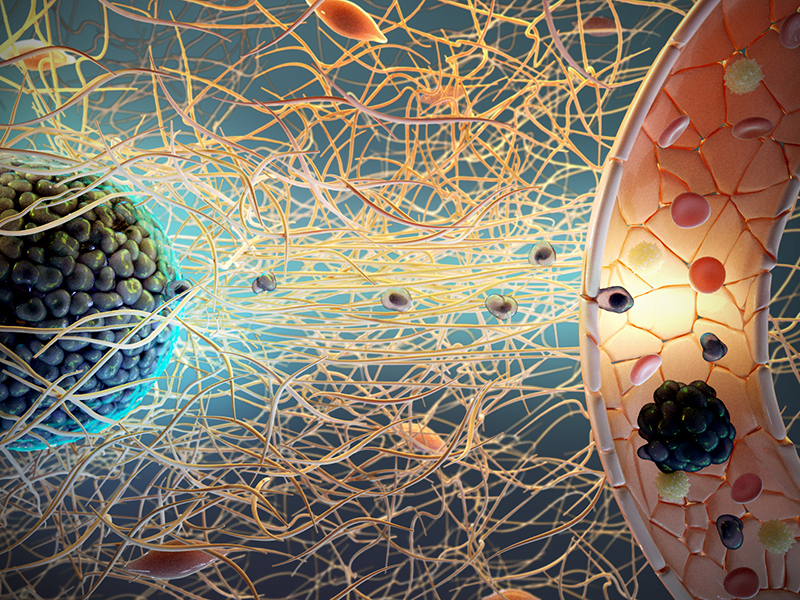If you want to remove cancer tumors from your puppy, then please do not panic. It is not as harmful as it is made to be. It is a very common problem that can occur in every dog. It usually happens because the cancerous cells get loose and start floating around in the dog’s body. It might affect the kidney, liver, or other organs.
Cancer tumor on dog – it’s painful and scary. This post will tell you what happens when you get this kind of cancer, what you should do to remove it, and how much it costs.
Most of us are familiar with cancer tumors in human bodies. But how often do we think about this type of cancer in dogs? If your puppy has been diagnosed with cancer, you may be wondering about the next steps. Learn more about what you can do to help your pet in this post.
A dog that another dog attacked is in a really bad situation. The other dog had a cancer tumor on his leg, dragging this cancerous thing around on the dog’s body. It is very painful for both dogs because the dog’s leg is also affected by this disease. But fortunately, there is a dog doctor who can help the dog. He knows what to do to heal the dogs and get rid of the cancer tumor.
What is a cancer tumor?
A cancer tumor is a large lump on the body that can be a sign of a variety of problems. In dogs, they usually occur on the face, paws, and legs. They are also found on the tongue, genitals, and skin. Cancer tumors are not always painful. In most cases, the symptoms are so small that people don’t notice them.

Sometimes, a cancer tumor can cause the animal to be lazy, lose its appetite, or have trouble breathing. This makes cancer grow quickly, causing the affected area to become swollen. If left untreated, this can lead to death.
Types of cancers in dogs
Cancer is a serious problem for pets. It can occur anywhere, and it can affect any part of the body.
Cancers are divided into two types: benign and malignant. Benign tumors grow slowly, and they are usually harmless. Malignant tumors grow rapidly, and they can spread to other parts of the body.
Some cancers develop in older dogs, and some grow in puppies.
Benign tumors:
Benign tumors are soft, non-cancerous growths that form on organs or tissues in the body. The most common benign tumors in dogs are called lipomas, fibromas, hemangiomas, and granulomas.
Lipomas are the most common benign tumor in dogs. Lipomas are soft, fatty growths that form on the skin or under the skin. They are also known as fatty tumors.
Fibromas are soft, rubbery growths that form in connective tissue. Fibromas are usually found in the muscles or the bones.
Hemangiomas are soft, red growths that form on the skin. They are also called vascular tumors. Hemangiomas can grow on the skin, inside the skin, or on the lining of internal organs.
Granulomas are soft, rubbery growths that form on the skin or the lining of internal organs. They are also called inflammatory nodules.
Malignant tumors:
Malignant tumors are tumors that start in the cells. They can grow anywhere in the body and spread to other body parts.
The most common malignant tumors in dogs are called soft tissue sarcomas.
Soft tissue sarcomas are tumors that start in soft, connective tissue. Soft tissue sarcomas are more common in dogs than in humans.
Puppies can get these types of cancers at any age and can occur anywhere in the body. The most common locations include the lungs, liver, lymph nodes, stomach, intestines, bladder, and bone marrow.
What causes a cancer tumor in a dog?
Most cancers are a result of the uncontrolled growth of cells. When a puppy has cancer, its body produces a large number of cells that are not controlled. When a puppy grows, these cells multiply in the body, causing problems. Cancer tumors in dogs are a result of this unchecked cell multiplication.
The most common cancer tumors in dogs are lymphomas, mast cell tumors, skin tumors, osteosarcomas, and soft tissue sarcomas. You can find more information about cancer tumors in dogs on this website.
Treatment for cancer tumor in a dog
When your puppy is diagnosed with cancer, you’ll want to find a qualified vet who can provide the best treatment. This is particularly important if your puppy has a rare form of cancer or difficult-to-treat cancer. In these cases, you’ll want a specialist to treat the animal.
For some cancers, there are no specific treatments available for dogs, but we’re hopeful that advances in medical research will one day allow us to help them live better lives. How to Help Your Dog with Cancer There are a few things you can do now to help your dog cope with cancer and the treatments that follow. Don’t let your dog become anxious. Many dogs who undergo cancer treatment are given anti-anxiety medications to help them relax.
Frequently Asked Questions (FAQs)
Q: How can we remove a cancerous tumor on my dog?
A: An oral surgery called a hemiglossectomy usually removes cancer tumors on dogs. In this case, the tumor was released with a small section of bone taken out. Surgery can be performed under general anesthesia or in a sedated state with an analgesic to reduce the discomfort. Canceled has also used other techniques to remove tumors on dogs, but this is the most common.
Q: What is hemiglossectomy surgery?
A: Hemiglossectomy surgery is when a small section of the side of the jaw bone (maxilla) or mandible (lower jaw) is removed. The incision is placed along the lateral (side) of the mouth on the upper or lower jaw. This allows the surgeon to remove the tumor without disturbing the surrounding healthy tissue.
Top Myth about cancer tumor
1. Canine tumors are very common.
2. The dog with a tumor is usually ill and uncomfortable.
3. Canine cancer is more likely to occur in older dogs.
Conclusion
My name is Andrew, and I have been researching the topic of cancer for years. I have been trying to find a way to remove cancer from dogs for quite some time now. I have tried many different approaches and methods, and I will share my findings with you in this article.
Today, I want to share with you my experiences in removing cancer from dogs. I have done this myself, and I know it works.
 Fit Netion My WordPress Blog
Fit Netion My WordPress Blog



